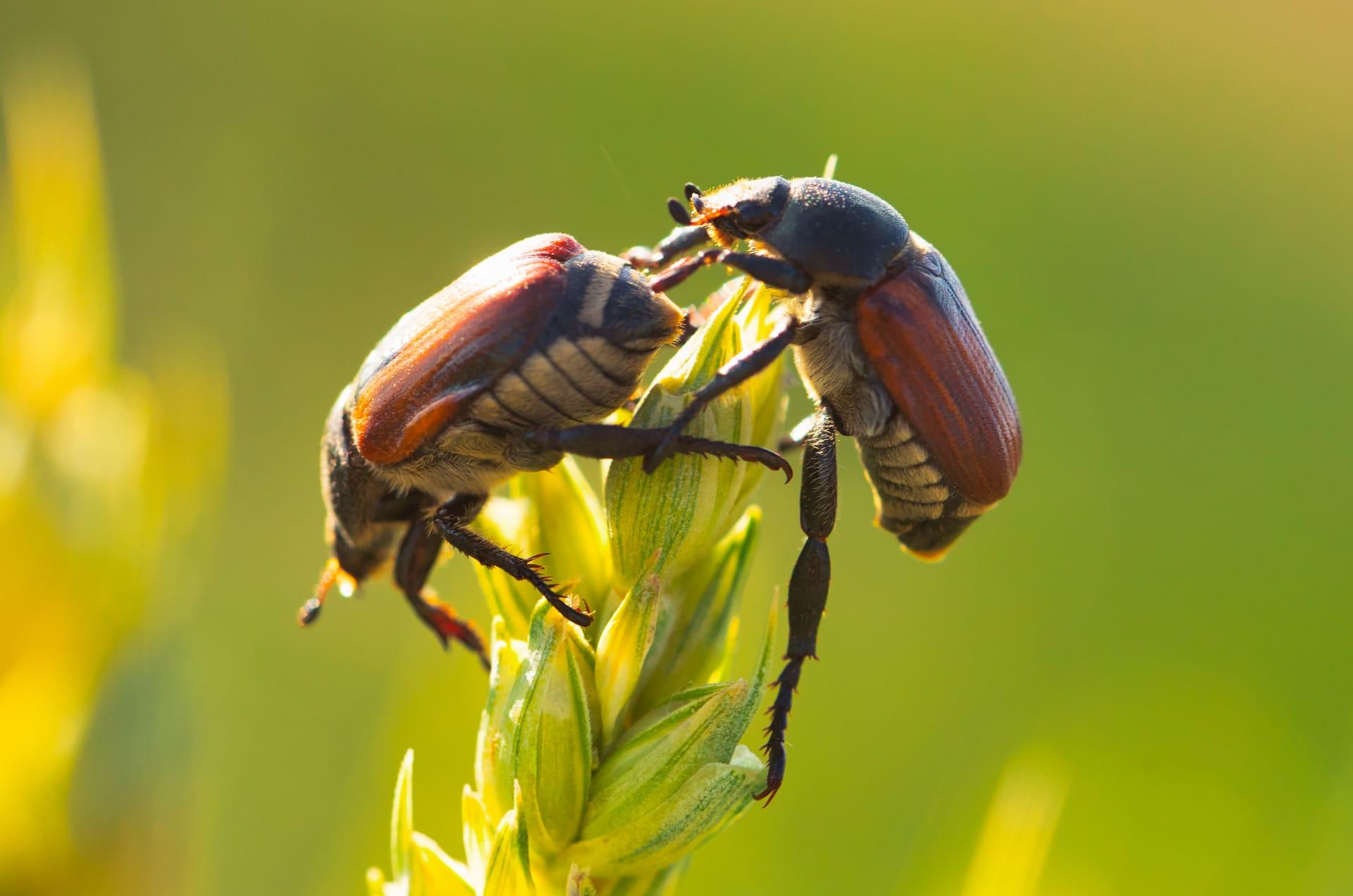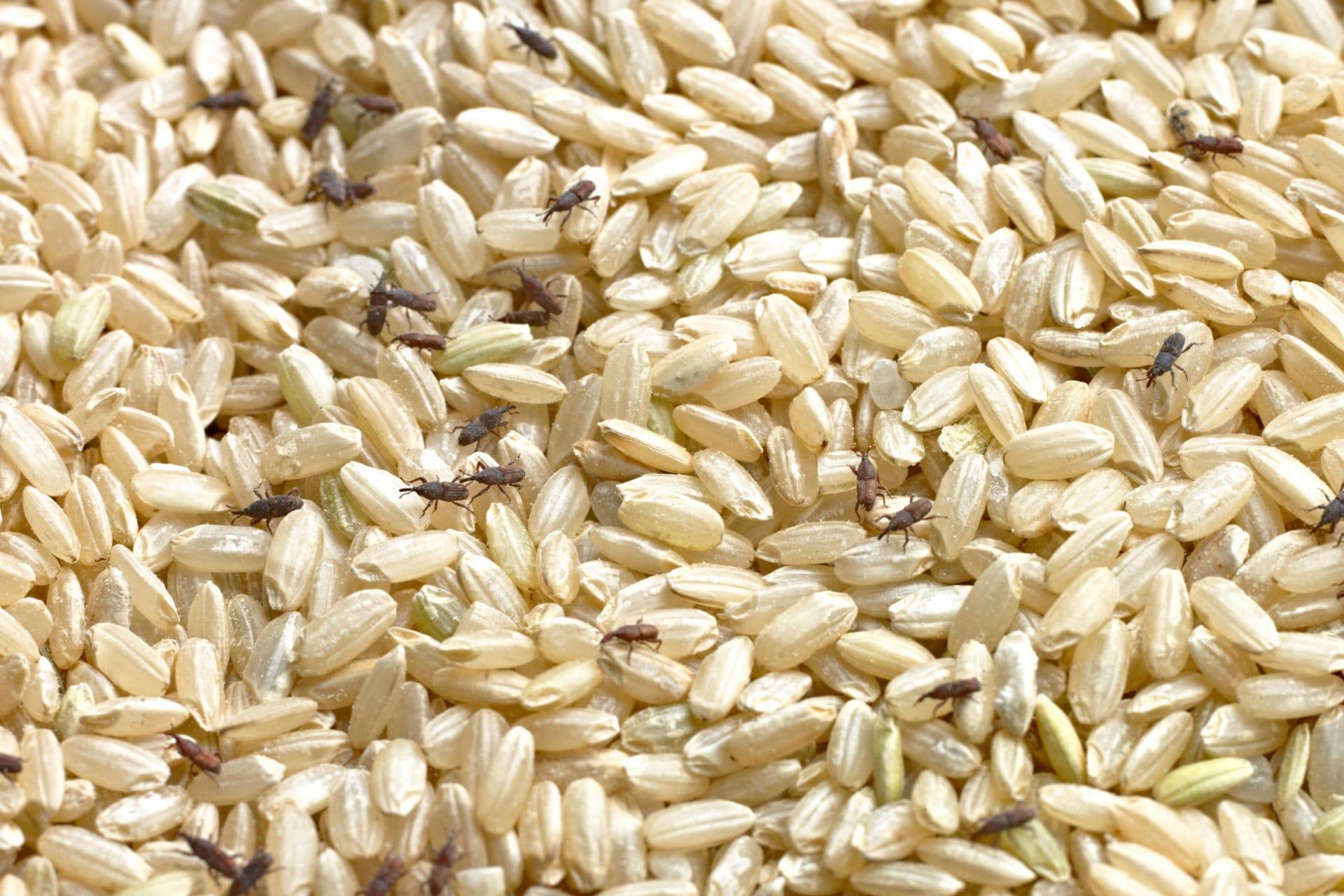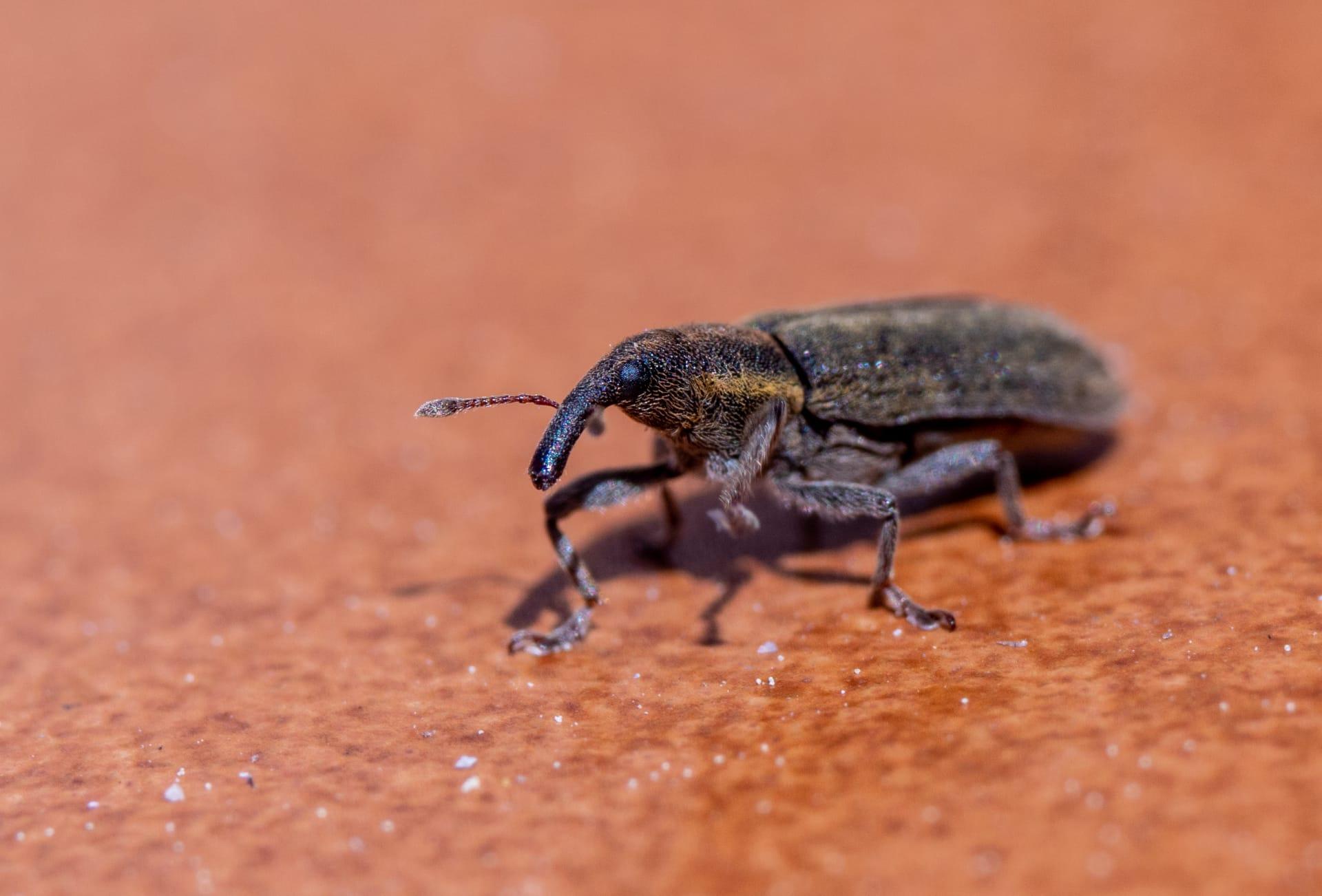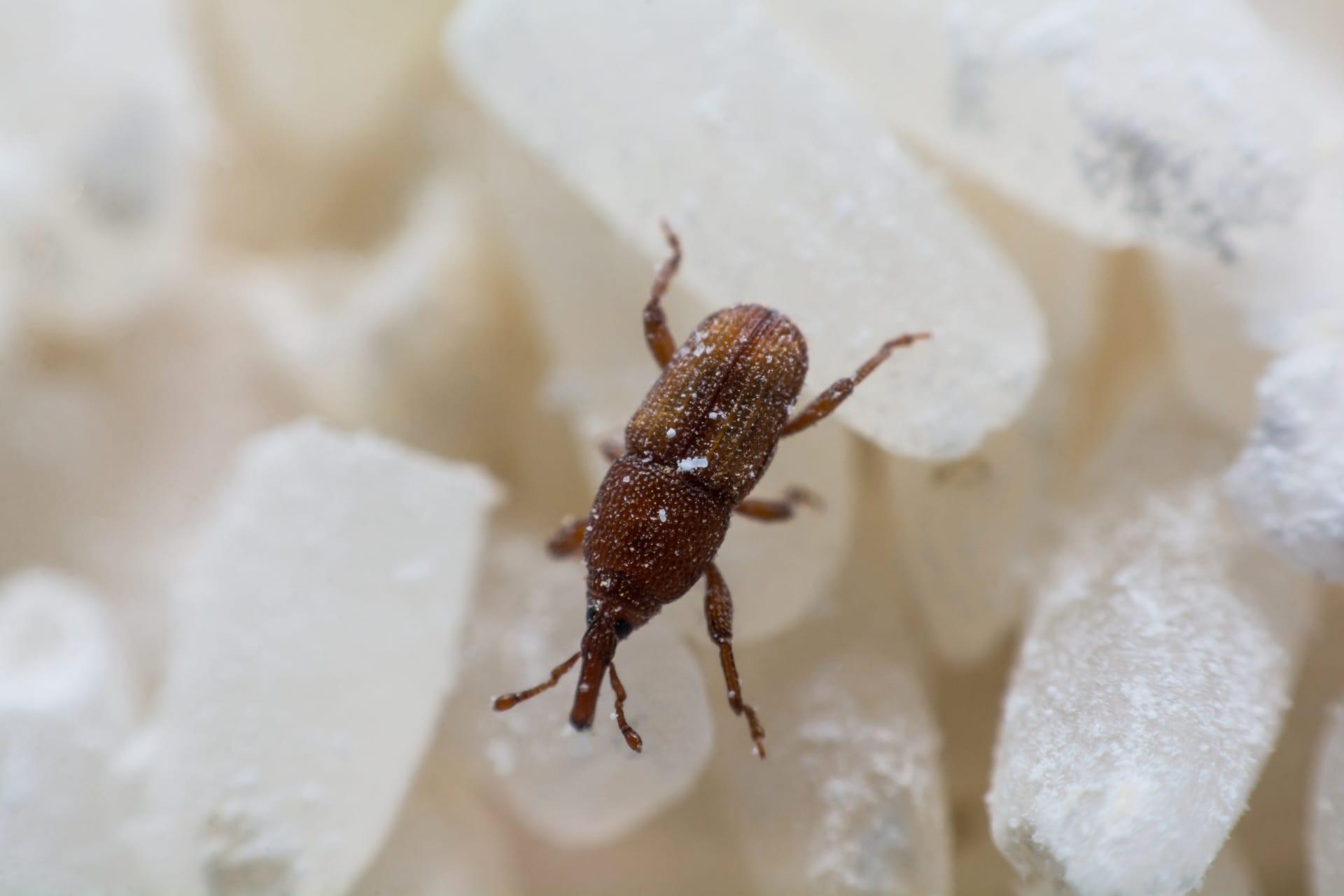Rice Weevil Trivia
- Home /
- Trivia Question /
- Animal /
- Rice Weevil Trivia
1
Question: How do rice weevils choose their habitat, and what conditions are ideal for their survival?
Answer: Rice weevils, scientifically named Sitophilus oryzae, are crafty little critters. They gravitate towards warm and humid environments, which makes stored grain facilities like silos or pantries ideal for them. They thrive in temperatures between 25 to 30 degrees Celsius (77-86 degrees Fahrenheit) and prefer humidity levels around 70%. These conditions are perfect for them to munch on grains, reproduce, and continue their life cycle.
Question: What is the life cycle of a rice weevil, and how long does it take for them to mature?
Answer: The life cycle of a rice weevil is fascinating and efficient. It starts as an egg, which the female weevil cleverly lays inside a grain. In just 2-3 days, the egg hatches into a larva, which remains hidden, feeding on the grain. After about 18 days, it pupates, and in another 3-4 days, a new adult weevil emerges. So, in approximately 26-30 days, a rice weevil can go from egg to adulthood, depending on temperature and food availability.

2
Question: Is it true that rice weevils can fly, and if so, how does this affect their spread?
Answer: Yes, it's a common misconception that rice weevils can't fly, but they actually can! They have wings beneath their wing covers and can fly moderate distances. This ability allows them to spread easily from one grain storage to another, making them a challenging pest to control in agricultural settings.
Question: Do rice weevils pose any health risks to humans, or are they just a nuisance?
Answer: Rice weevils are more of a nuisance than a health hazard. They don't bite or transmit diseases, but their presence in food can lead to contamination. Consuming food infested with weevils isn't harmful but can be unappetizing. The primary concern with rice weevils is the economic loss they cause by damaging stored grains.

3
Question: How do rice weevils impact the quality and quantity of stored grains?
Answer: Rice weevils can cause significant damage to stored grains. They feed on grains from the inside out, leaving hollow shells. This not only reduces the quantity but also the quality of the grain. Infested grains can lose nutritional value, develop unpleasant odors, and become unsuitable for consumption or sale. Heavy infestations can lead to substantial economic losses for farmers and distributors.
Question: Can rice weevils survive in refrigerated or frozen environments?
Answer: Rice weevils don't fare well in cold temperatures. Refrigeration (around 4 degrees Celsius or 39 degrees Fahrenheit) can slow their development, and freezing (below 0 degrees Celsius or 32 degrees Fahrenheit) can kill them within a few days. Storing grains in cool environments is a practical way to prevent or control weevil infestations.

4
Question: What natural predators do rice weevils have, and how do these predators help in controlling their population?
Answer: In the wild, rice weevils have several natural predators, such as spiders, birds, and other insects like ants and beetles. These predators play a significant role in controlling weevil populations in natural ecosystems. However, in stored grain facilities, the presence of these natural predators is limited, so other control methods are often necessary.
Question: Are rice weevils resistant to pesticides, and what are the alternatives for controlling them?
Answer: Rice weevils can develop resistance to certain pesticides over time, making chemical control challenging. Alternatives include using hermetic storage methods, where grains are stored in airtight conditions to deprive weevils of oxygen. Biological control using parasitic wasps that target weevil eggs is another eco-friendly option gaining popularity.

5
Question: What kind of damage do rice weevils cause in agricultural settings, and how does this impact global food security?
Answer: Rice weevils are notorious for causing significant damage in agricultural settings, particularly in stored grain facilities. They reduce the quantity of grain through consumption and contamination, leading to economic losses. On a larger scale, heavy infestations can impact local and global food security, especially in regions where rice is a staple food.
Question: How can individuals prevent rice weevil infestations in their homes?
Answer: Prevention is key in controlling rice weevil infestations at home. Store grains in airtight containers, preferably made of glass or metal. Regularly inspect stored grains for signs of infestation, such as holes in grains or the presence of adult weevils. Keeping the storage area clean and dry also reduces the likelihood of attracting these pests.